I am trying to list all directories and files within a certain directory, but while "D:\data" works, "D:\" doesn't. "D" is a secondary disk.
This is the exception:
Exception in thread "main" java.lang.NullPointerException
at java.util.Objects.requireNonNull(Objects.java:203)
at java.util.Arrays$ArrayList.<init>(Arrays.java:3813)
at java.util.Arrays.asList(Arrays.java:3800)
at project.1.scavenger.listf(scavenger.java:19)
at project.1.scavenger.listf(scavenger.java:30)
at project.1.scavenger.listf(scavenger.java:30)
at project.1.main(Project1.java:28)
Java Result: 1
BUILD SUCCESSFUL (total time: 0 seconds)
Code:
public static List<File> listf(String directoryName) throws IOException {
File directory = new File(directoryName);
List<File> resultList = new ArrayList<File>();
// get all the files from a directory
File[] fList = directory.listFiles();
resultList.addAll(Arrays.asList(fList));
for (File file : fList) {
if (file.isFile()) {
System.out.println(file.getAbsolutePath());
try {
System.out.println(scavenger.checkmime(file.getAbsolutePath()));
} catch (Exception ex) {
}
} else if (file.isDirectory()) {
resultList.addAll(listf(file.getAbsolutePath()));
}
}
// System.out.println(fList);
return resultList;
}
public static String checkmime(String fl) throws MalformedURLException, IOException {
File file = new File(fl);
String mimeType = file.toURL().openConnection().getContentType();
// System.out.println(mimeType);
return mimeType;
}
What's wrong with my code?
